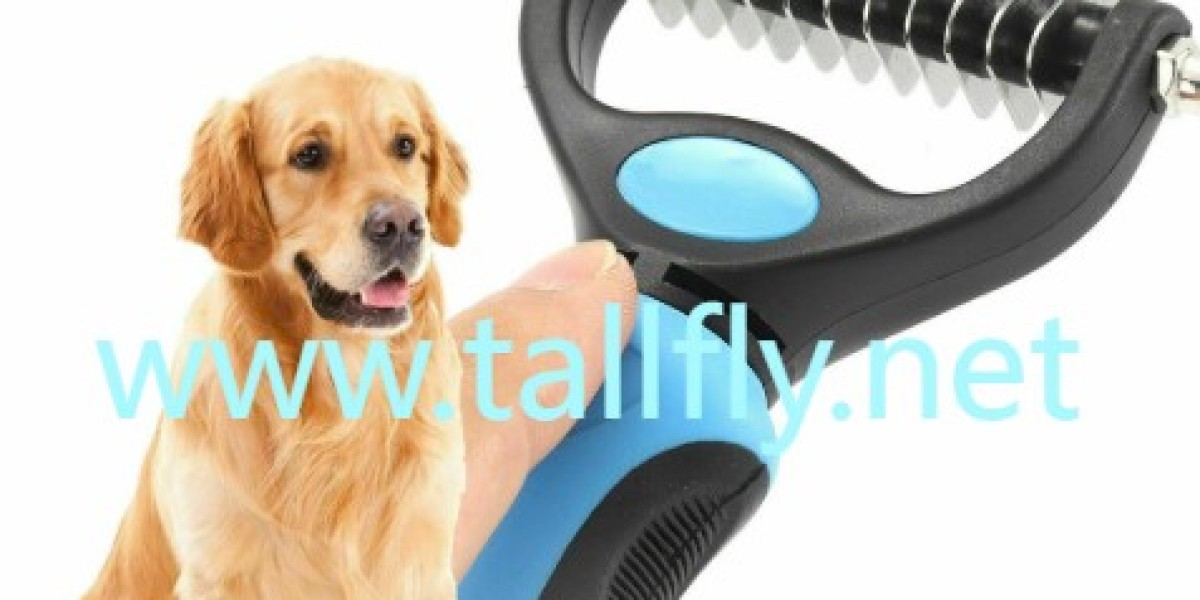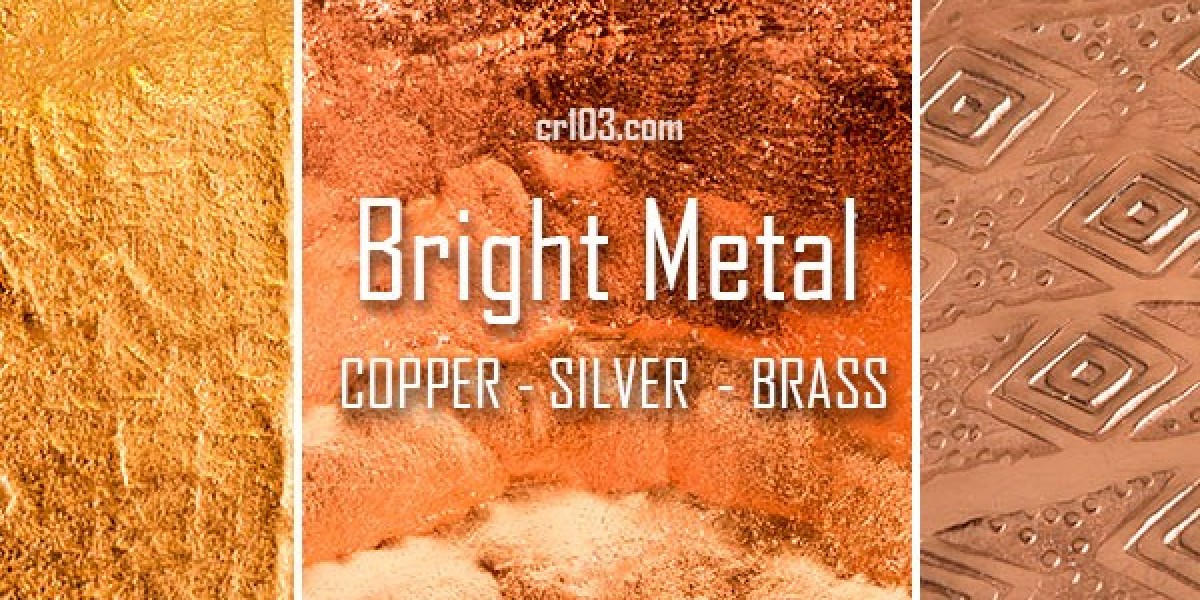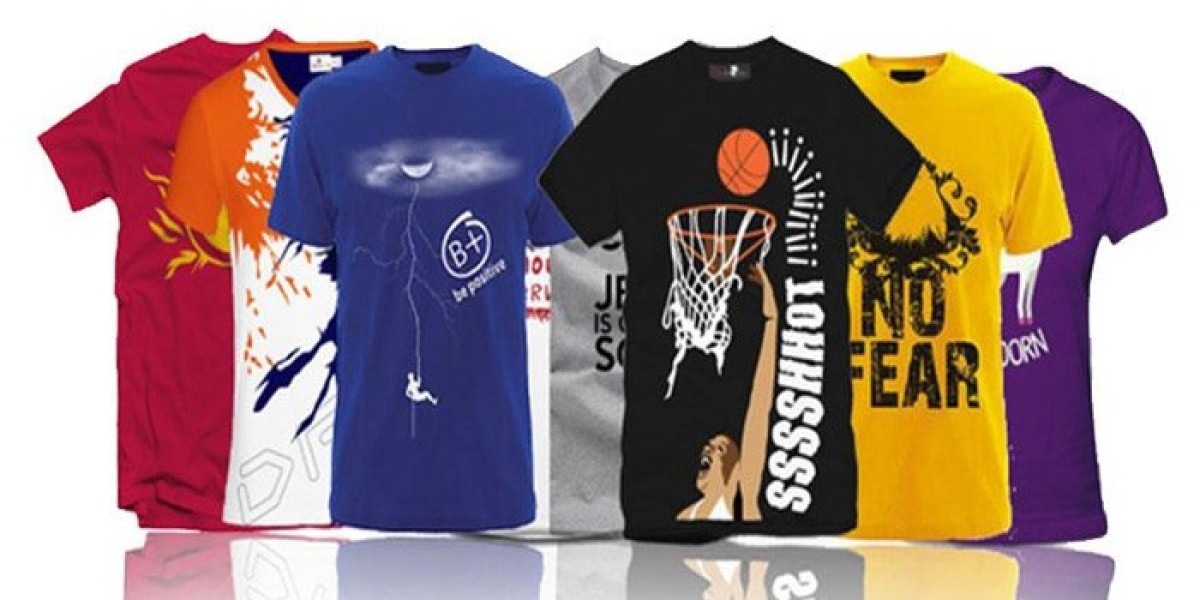When a routine brush leaves you frustrated and your dog or cat still has tight tangles, the problem is often the mismatch between tool design and technique rather than the pet. A properly engineered Pet Knot Untying Comb used with the right preparation and motion can make detangling safer and less stressful. Social conversation around pet wellbeing and humane grooming is shaping how owners choose tools, and understanding why a comb fails helps you avoid common errors and protect your companion's skin.
One frequent reason a comb does not work is tooth geometry that is not suited to the knot. Knots require a tool that separates fibers gently rather than compressing them. Combs with blunt or uneven tips tend to catch hair and pull, which tightens mats against the skin. A knot specific comb will have tapered teeth and rounded tips that glide between fibers and loosen tangles incrementally.
Material finish matters more than many owners expect. Rough or poorly finished teeth create friction that makes fibers cling together. Over time that friction both aggravates knots and irritates skin. Smooth polished surfaces and corrosion resistant materials reduce snagging and allow a comb to move with the hair instead of against it. Tools that also resist buildup let each stroke behave predictably across repeated sessions.
Handle ergonomics and stroke technique are linked. Owners who use long hard strokes or an awkward grip often generate more pull than needed. Short measured strokes with the hand close to the animal and a relaxed wrist let you sense resistance and stop before skin reacts. Tools designed with a balanced grip and comfortable contour reduce hand fatigue so you keep sessions calm and steady.
Preparation is sometimes overlooked but crucial. Applying a small amount of detangling spray or conditioner to a dense mat softens fibers and creates slip. Dividing a tangled area into smaller sections makes the task manageable and reduces the need for force. Many comb failures come from trying to remove an entire knot in a single pass instead of easing it apart from the edges inward.
Another common issue is failing to match the comb to coat type. Thick double coats and silky long coats demand different tooth spacing and entry angles. Using a fine toothed finishing comb on a dense mat is like trying to cut a rope with a butter knife. A tool engineered for knot untying should offer the reach and spread necessary to get into deeper layers without tugging the surface hairs.
Maintenance of the comb itself affects performance. Hair and residue trapped between teeth change how the tool interacts with tangles. Regular cleaning and inspection for burrs or damage keeps a comb gliding smoothly. A well maintained tool is more predictable and less likely to create the painful tugs that make pets resist grooming.
Behavior plays a role as well. An anxious pet moves unpredictably and increases the chance of a tool slipping or pulling. Building a calm routine with short sessions, treats and quiet praise reduces movement and makes each grooming moment more effective. As pet care conversations move into mainstream channels, humane technique and positive reinforcement are receiving more attention and shifting expectations for at home grooming.
Severe mats that sit close to the skin require professional attention. Attempting to force out such mats at home can tear skin and create lasting damage. Groomers and veterinary professionals have methods to handle tight mats with minimal harm. A home comb is best for prevention and light maintenance rather than aggressive rescue removal.
Design choices that help a knot untying comb perform include graduated tooth spacing to approach a mat gradually, a safety profile that reduces skin contact, and a mechanism to capture released hair for tidy disposal. Tallfly's approach to the knot untying tool emphasizes gentle tooth geometry and a grip that supports controlled strokes. These features are intended to reduce direct contact with accumulated fur during cleanup and to make routine detangling more manageable for owners.
To improve results with your current tool try these steps: calm the pet, apply a light detangler, section the mat, hold the hair base close to skin to prevent pulling, use short strokes from edges to center, pause for comfort breaks, and clean the comb as you go. If the comb still snags, switch to a tool designed for knot removal and seek professional help for very tight mats.
If you want to compare designs and care guidance, review Tallfly's product notes for usage and maintenance. The product page includes handling tips and instructions so buyers can choose a tool aligned with their pet's coat and their grooming habits. For direct product information and to assess fit for your routine visit the product listing at https://www.tallfly.net/product/knot-untying-comb/. The page shows design intent and cleaning recommendations that help owners preserve coat health while keeping grooming safe and calm.








